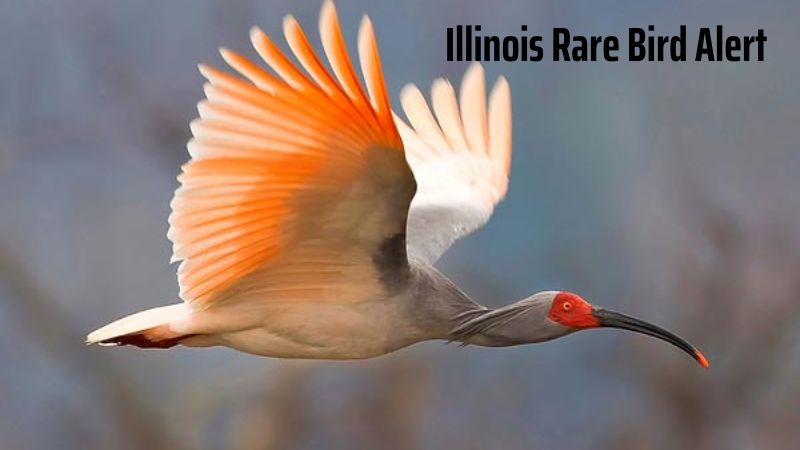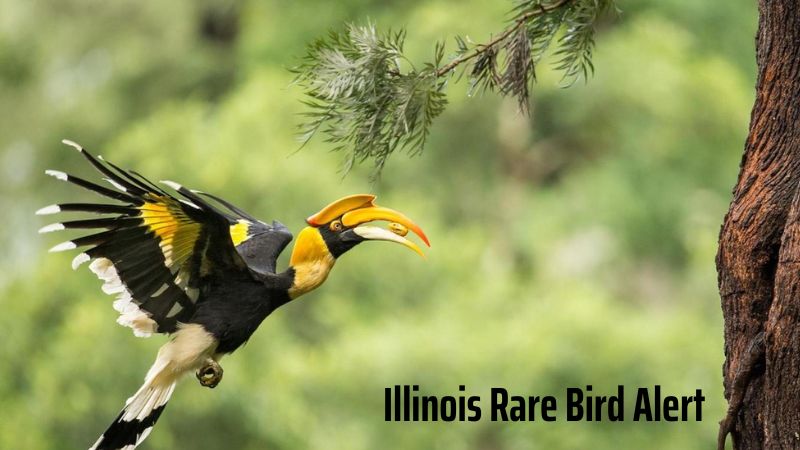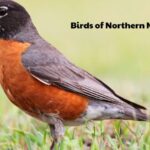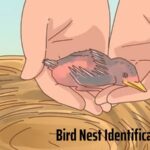Bird Care
Illinois Rare Bird Alert: A Call to Protect Our Vulnerable Avian Species
The Illinois Rare Bird Alert plays a pivotal role in highlighting the conservation status of the state’s most vulnerable bird species. This alert system not only brings attention to the presence and needs of rare birds but also underscores the urgency of protecting their habitats. So let’s explore with Bird 04 the details of the illinois rare bird alert!
Causes of Declining Populations of Rare Birds in Illinois
Habitat Loss
- Urbanization and Agricultural Expansion: The conversion of natural landscapes into urban areas and farmland reduces the available habitat for rare bird species, disrupting their nesting and foraging grounds.
- Environmental Pollution: Pollution of water bodies and air can degrade the quality of habitats and harm bird species directly through contamination or indirectly through the destruction of their food sources.
- Climate Change: Shifts in temperature and weather patterns affect the availability and quality of habitats, as well as the migratory and breeding behaviors of rare birds.
Illegal Hunting
- Wildlife Trafficking: The illegal trade of birds and other wildlife poses a significant threat, as it depletes populations and disrupts ecosystems.
- Hunting for Food or Ornamental Purposes: Hunting rare birds for consumption or as trophies further diminishes their numbers and can lead to population declines.
Other Threats
- Disease: Outbreaks of avian diseases can lead to high mortality rates among rare bird populations, further exacerbating their decline.
- Competition from Invasive Species: Non-native species can outcompete rare birds for resources, such as food and nesting sites, leading to decreased survival and reproduction rates.

Rare Bird Species Threatened in Illinois
Detailed Overview of Select Rare Bird Species
- Appearance, Habitat, and Behavior: Several rare bird species in Illinois are characterized by distinct physical features, such as unique plumage or size. Their habitats range from specific wetland areas to mature forests, depending on their ecological needs. Their behaviors include specialized feeding habits and breeding rituals adapted to their environment.
- Reasons for Rarity: The rarity of these birds often stems from habitat loss due to urbanization and agricultural expansion, pollution, illegal hunting, and climate change. These factors contribute to their declining populations and make their conservation efforts particularly challenging.
Impact of Declining Populations
- Effects on Food Chains and Ecological Balance: The loss of rare bird species disrupts local food chains, as these birds often play crucial roles as predators, prey, or seed dispersers. Their decline can lead to imbalances in ecosystems, affecting the survival of other species and the overall health of their habitats.
- Reduction in Aesthetic and Tourism Value: The disappearance of these rare birds diminishes the natural beauty and biodiversity of the region. This loss can also negatively impact eco-tourism, which relies on the presence of diverse and unique wildlife to attract visitors and support local economies.
Consequences of Losing Rare Bird Species
Impact on Ecosystems
- Reduction in Biodiversity: The disappearance of rare bird species leads to a decline in overall biodiversity. These birds often occupy specific niches within their ecosystems, and their loss can result in reduced variety of life forms and diminished ecological resilience.
- Loss of Plant Species Dependent on Birds for Pollination: Many plants rely on birds for pollination and seed dispersal. The absence of these birds can result in decreased plant reproduction and the potential loss of plant species that are integral to the ecosystem.
- Increased Risk of Ecological Imbalance: The removal of rare birds can disrupt food webs and ecological interactions. This imbalance can lead to unchecked populations of other species, which may further exacerbate ecosystem instability and degradation.
Impact on Humans
- Decrease in Ecosystem Services: Rare birds contribute to essential ecosystem services such as pest control, pollination, and seed dispersal. Their loss reduces these benefits, which can affect agriculture, natural resource management, and overall environmental health.
- Effects on Human Health: The degradation of ecosystems due to the loss of rare birds can have indirect effects on human health. For example, the loss of biodiversity and the services provided by these birds can impact air and water quality, and increase the prevalence of pests and diseases that affect human well-being.
Solutions for Protecting Rare Bird Species
Habitat Conservation
- Establishing Nature Reserves: Creating protected areas specifically for rare birds ensures that their critical habitats are safeguarded from development and other threats. These reserves provide safe environments where birds can breed, forage, and thrive.
- Restoring Wetlands: Rehabilitating degraded wetlands helps to re-establish essential feeding and nesting grounds for waterfowl and other rare bird species. Restoration projects improve habitat quality and support the recovery of bird populations.
- Reducing Environmental Pollution: Implementing measures to decrease pollution in air and water can help improve the health of ecosystems and reduce harm to bird species. This includes regulating industrial discharge, managing agricultural runoff, and controlling waste.
Preventing Illegal Hunting
- Enhancing Enforcement and Regulation: Strengthening law enforcement and regulatory frameworks to combat illegal hunting and wildlife trafficking is crucial. This involves increasing patrols, imposing stricter penalties, and improving surveillance.
- Raising Public Awareness: Educating communities about the importance of rare bird species and the consequences of illegal hunting can foster greater support for conservation efforts. Public campaigns and educational programs can help reduce poaching and trafficking.
Research and Conservation
- Investing in Biological and Behavioral Research: Funding research on the biology, behavior, and ecology of rare birds provides valuable insights that can inform effective conservation strategies. Understanding their needs and threats is essential for developing targeted actions.
- Applying Scientific Conservation Measures: Implementing conservation strategies based on scientific research ensures that efforts are effective and adaptive. This includes habitat management, breeding programs, and targeted species protection initiatives.
International Cooperation
Participating in Global Wildlife Protection Agreements: Engaging in international treaties and agreements dedicated to wildlife conservation helps to address threats that cross borders. Collaboration with other countries and organizations enhances conservation efforts and promotes the protection of migratory and rare bird species globally.
Conclusion
In conclusion, addressing the threats faced by rare bird species in Illinois is crucial for preserving the state’s ecological balance and biodiversity. The Illinois Rare Bird Alert serves as a vital tool in raising awareness and prompting conservation efforts.
By committing to habitat protection, combating illegal hunting, and fostering international collaboration, we can help ensure the survival of these remarkable species for future generations.





